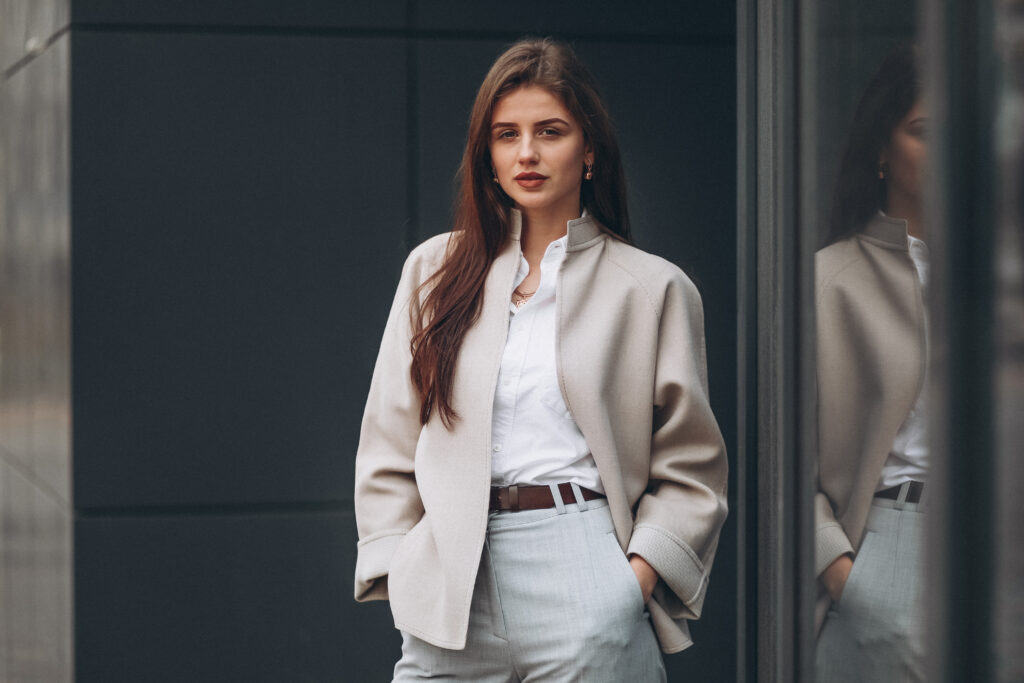
Predictions for the Textile Industry in 2025
December 11, 2024 – Driven by the interplay of emerging technologies, advancements in sustainability, and consumer sentiment, the textile industry is in for an exciting year in 2025. As the industry as a whole reacts…





